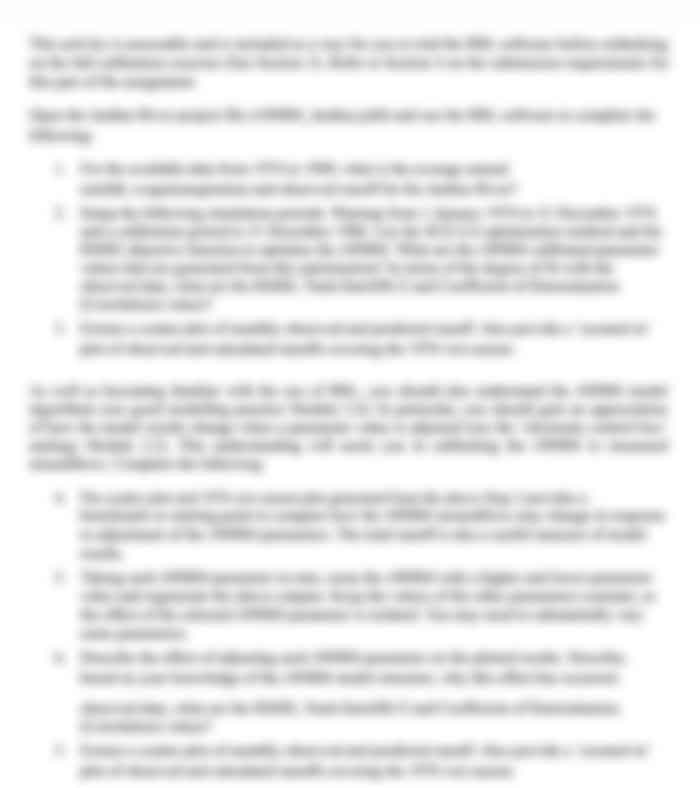Cluster Care and Nurturing Assessment
- University :
TAFE Queensland Management Exam Question Bank is not sponsored or endorsed by this college or university.
- Country :
Australia
TASK1
1Explained childhood obesity and its associated risks
2Planed an appropriate menu
3Identified two examples of risk management and/or exclusion requirements for each medical condition listed
4Listed four reasons for why childrens immunisation status must be monitored and what it involves.
5Identified and briefly explained five key concepts relevant to babies and toddlers
6Briefly discussed current and emerging research regarding an infants/toddlers brain development
7Explained how attachment links to healthy brain development in babies and toddlers and provided links to at least two attachment theories.
8aDescribed the stages of development and key milestones of babies and toddler for each of the following developmental areas.
8bProvided an explanation of why developmental stages and key milestones may vary across individual babies and toddlers.
9Identified an appropriate response to a baby for each emotion listed
10Identified an appropriate response to a toddler for each emotion listed
11Explained how service providers adhere to confidentiality and privacy requirements
12Identified two examples of information for each activity to share with a family
13Explain for one key point how to develop strong relationships with families
14Identified one common feature and the implication for each dietary requirement listed
15Explained each consideration for choosing a communication method or strategy
16Identified one strategy for monitoring and implementation, one example of a risk or hazard and one example of how services and educators can assess the risks or hazards
17aDescribed what Sudden Infant Death Syndrome (SIDS) is
17bDescribed Red Nose presents a Triple Risk model to help understand how the risk factors for SIDS interact with the sudden each of the three SIDS factors
18Described what information you will request from the family in regard to the childs long-term medical condition
19Identified the recommended cleaning schedule for each different surface or equipment type used in an early learning service
20Described what a ritual is and how an educator can support them
21Outlined three key considerations for educators with regards to hand hygiene
TASK 2:
1aOutlined the recommendations in regard to oral health for Sammy and his younger sister
1bDescribed tooth decay and how it is caused
1cDescribed the signs of initial, latter and advanced stages of childhood tooth decay
1dExplained how to care for a babys gums and teeth
1eExplained what constitutes good oral health
1fIdentify two possible causes for poor oral health in children
1gExplain how poor oral health impacts childrens general health
2aDescribe what common childhood medical condition Lily may have, and what are the signs, symptoms and characteristics presented
2bList four associated risk management requirements
2cIdentify at least six actions must you take to support Lily while Lily is still in your care, and to support the other children after Lily leaves
2dOutlined the service procedures with regards to communicating information about Lilys condition
2eOutlined required exclusion period and what the recommended return to care procedure is
3aIdentified two things to support each child to be cared for in the service effectively
3bIdentified and listed three hazards or risk associated with each condition (either for the child or for others)
4Explained how to support a family in terms of provision of food, and what to do to support parental involvement while staying in line with requirements

